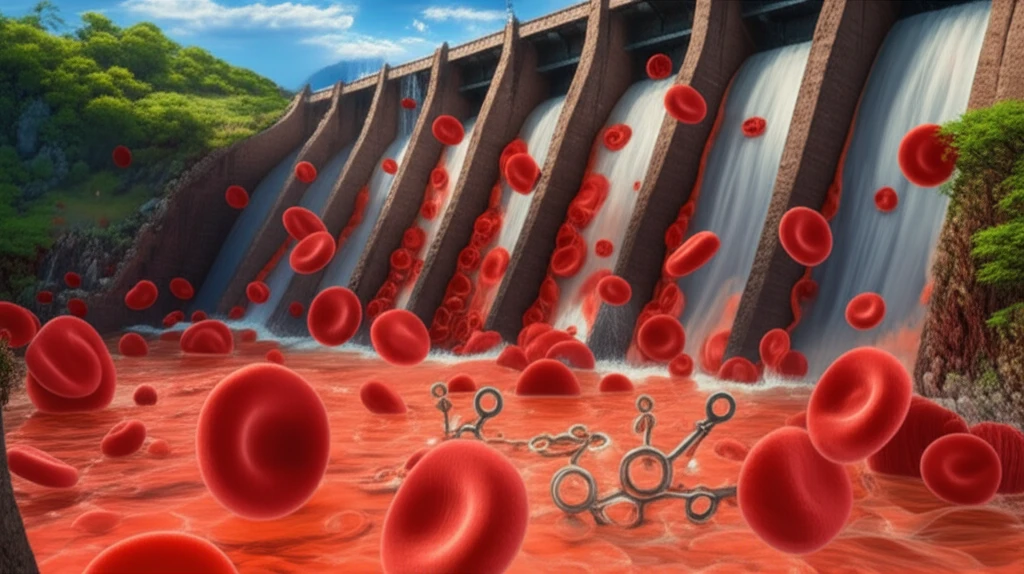
Unlocking Hypertension: How NADPH Oxidase Inhibition Could Revolutionize Treatment
"New research illuminates the role of NADPH oxidase in portal hypertension, offering hope for targeted therapies to modulate angiogenesis and arterial reactivity."
Portal hypertension (PHT) is a severe complication arising from chronic liver diseases, marked by an increase in portal pressure, splanchnic blood flow, and the formation of portal-systemic collaterals. This syndrome leads to critical conditions such as esophageal varices, hepatic encephalopathy, and ascites, significantly impacting patient well-being and outcomes.
A key characteristic of PHT is the hyperdynamic circulation, influenced by reduced responsiveness to vasoconstrictors and vascular remodeling. Nitric oxide (NO), a potent vasodilator produced by endothelial cells, plays a central role in this process. Additionally, the development of splanchnic hemodynamic dysfunction involves active angiogenic processes driven by factors like vascular endothelial growth factor (VEGF), further complicating the condition.
Recent research has focused on NADPH oxidase (NOX) as a major source of reactive oxygen species (ROS), which are crucial in the redox state of vessels. During PHT, inhibiting NADPH oxidase has shown promise in attenuating endothelial dysfunction and reducing the formation of portal-systemic collaterals. A specific NOX inhibitor, GKT137831, has emerged as a potential therapeutic agent, superior to non-specific inhibitors due to its targeted action.
How Does NADPH Oxidase Contribute to Portal Hypertension?

The study by Deng et al. (2018) investigates the role of NADPH oxidase (NOX)-derived reactive oxygen species (ROS) in portal hypertension (PHT) and explores the therapeutic potential of NOX inhibition. The research focuses on whether inhibiting NADPH oxidase activity can alleviate PHT in rats, providing insights into new treatment strategies.
- Hemodynamics: Monitored to understand changes in blood flow and pressure.
- Severity of Portal-Systemic Shunting: Evaluated to determine the extent of blood flow bypassing the liver.
- Vascular Contractility: Assessed to measure the responsiveness of blood vessels.
- Expression of VEGF, VEGFR-2, CD31, AKT, and phospho-AKT: These markers are involved in angiogenesis and vascular function.
- eNOS and phospho-eNOS Expression: Evaluated to assess nitric oxide production.
- Nitric Oxide (NO) Production and Oxidative Stress: Measured in mesenteric arteries to determine the balance of vasodilation and constriction.
- Hydrogen Peroxide (H2O2) Levels: Measured in mesenteric tissues and arteries to assess oxidative stress.
Future Implications for Portal Hypertension Treatment
The findings from Deng et al. (2018) suggest that pharmacological inhibition of NOX1/4 activity could be a promising treatment for PHT-related complications. By decreasing portal pressure, ameliorating hyperdynamic circulation, and reducing mesenteric angiogenesis and arterial hyperresponsiveness, NOX1/4 inhibitors like GKT137831 offer a novel therapeutic avenue for managing portal hypertension.
